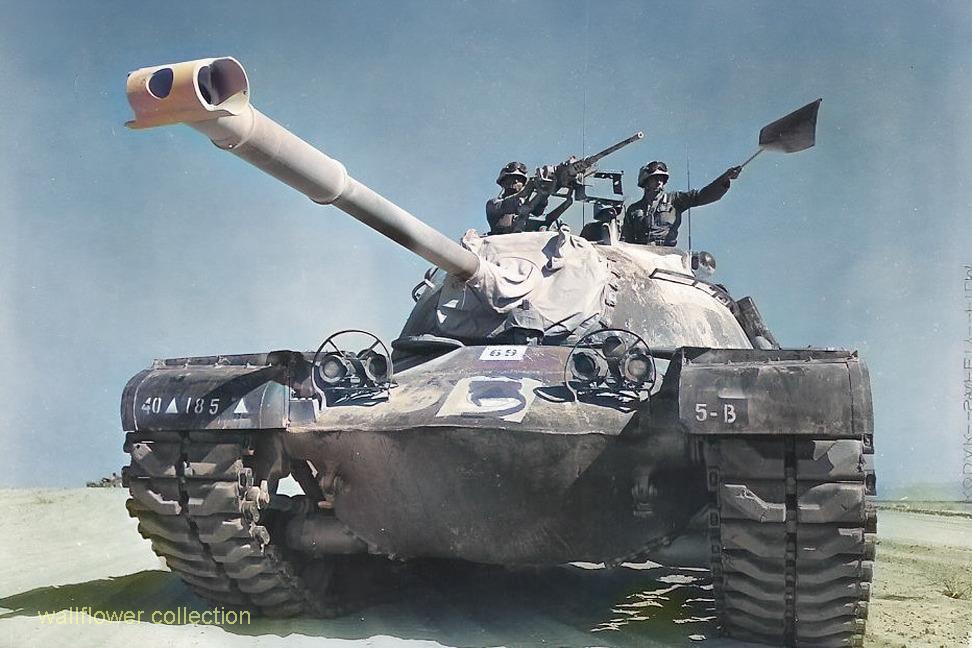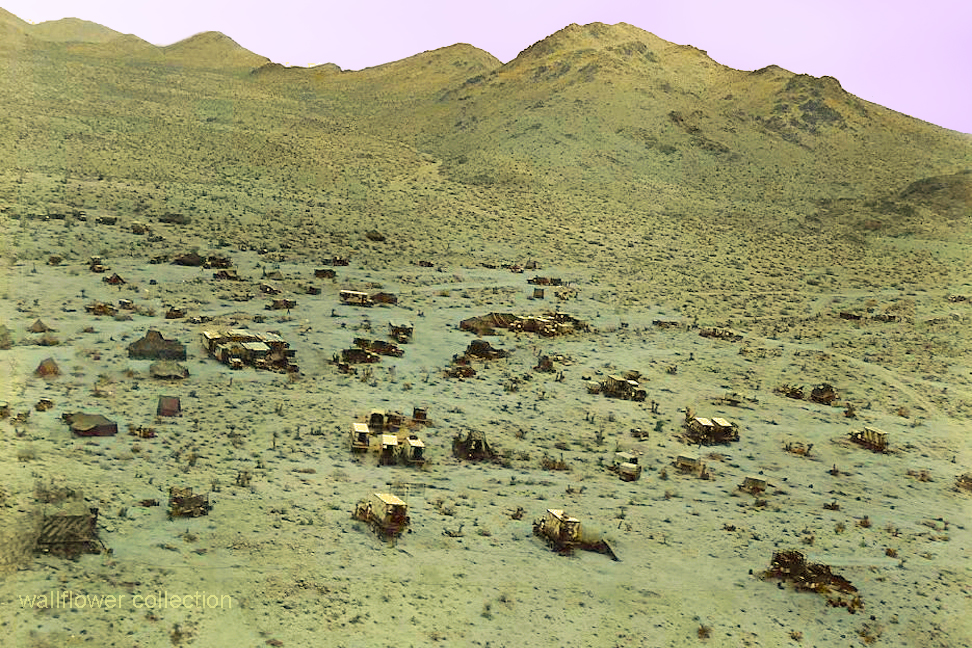Mojave Desert Megaphone – A Monumental Legacy

In May 1964, the United States conducted Exercise Desert Strike, one of the most extensive military exercises during the Cold War. It involved over 100,000 military personnel. The primary objectives were to evaluate operational readiness, test conventional and nuclear forces integration, and improve command and control capabilities. The exercise was carried out in multiple phases, beginning with conventional warfare tactics and escalating to simulated nuclear warfare. This tested the troops’ adaptability and response to high-stress scenarios.

Remote Calzona Camp – Colorized
Despite meticulous planning and rigorous training, the exercise was marred by the tragic loss of 24 men. This underscores the inherent dangers and high stakes of large-scale military operations.

Key outcomes of Exercise Desert Strike included a comprehensive assessment of the U.S. military’s strengths and weaknesses. In addition, it validated cutting-edge technologies and significantly improved communication and nuclear warfare strategies. The exercise profoundly impacted subsequent military strategies, contributing to Cold War-era defense policies and nuclear deterrence.
Exercise Desert Strike remains a crucial event in armed forces history, highlighting the importance of preparedness and realistic training in maintaining national security. This exercise’s legacy continues to influence military planning and operations, proving the critical role military exercises have in safeguarding the nation. The fatalities during the exercise are a poignant reminder of the sacrifices made to pursue military excellence and national security.
A lasting relic of this period is a megaphone mounted on a rocky hill, symbolizing Exercise Desert Strike’s monumental legacy. This relic is a powerful reminder of the sacrifices necessary to defend our beautiful country. It represents the enduring commitment to national defense and the high price of freedom. It embodies the spirit of vigilance and dedication that inspires and guides military preparedness and strategic planning today.
